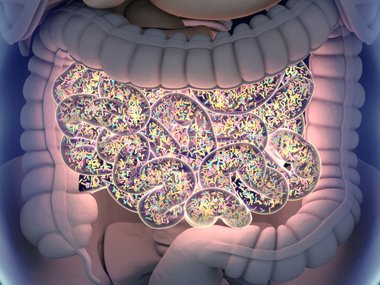Question Your World: Could Archaea Be Used for Medicine?
Sometimes answers to difficult challenges come from the strangest places.
Picture this: deep in the steaming pools of Yellowstone or the many scalding hot springs around the world, some of Earth’s most bizarre, sturdy lifeforms may be hiding tomorrow’s antibiotics!
A new study suggests that microbes known as Archaea, which survive in extreme heat and inhospitable conditions, harbor compounds that could revolutionize how we treat drug-resistant infections.
Unlike bacteria or animals, Archaea represent an entirely separate branch of life with fundamentally different biochemistry—and that difference may be their strength. They’ve evolved to thrive in environments where most organisms would otherwise perish – think acid baths, boiling springs and salt flats, to name a few.
Scientists hypothesized that Archaea might have evolved unique defense strategies to ultimately thrive in their environments, possibly including novel antibiotics.
To test this idea, researchers used an advanced AI tool called APEX that trained on specific molecular datasets to scan over 233 species of Archaea and flag more than 12,000 candidate molecules—dubbed “archaeasins”—that might fight bacteria.
They then narrowed that list down to 80 for lab tests, finding that a remarkable 93% of them could inhibit at least one human pathogen, even ones resistant to existing drugs.
Encouragingly, when three of the most promising archaeasins were tested in animal models, a single dose effectively halted the spread of a hospital-acquired, drug-resistant bacterium.
The implications here lead to a very fascinating question: Could archaea be a viable candidate for human medical treatments?
Archaea could represent a hidden reservoir of antibiotic diversity that arms scientists with weapons fundamentally different from the ones pathogens are already resisting.
One of the most urgent threats to global health is the lack of access to or the resistance to antibiotics, but these findings could open a surprising new frontier in medical discovery.
Still, challenges remain. Researchers must validate the safety and efficacy of archaeasins in humans and optimize custom AI tools to better predict which compounds will succeed.
There’s a lot of work to go, but this is a great reminder of how the natural world still holds many more secrets to be discovered. But if archaea do yield a fresh class of antibiotics, we may be opening the door to a whole new landscape in science and medicine.
Stay tuned as more science develops on this story.


